Hot pot, a beloved communal dining experience enjoyed across Asia and increasingly worldwide, offers a delightful blend of flavors, textures, and social interaction. However, beneath the sizzling broth and vibrant ingredients lie potential risks that, if overlooked, can turn a joyful meal into a health hazard. This article explores critical precautions to ensure your hot pot gatherings are both delicious and safe, covering food preparation, cooking practices, hygiene, and cultural etiquette.
Ingredient Selection and Storage
The foundation of a safe hot pot meal begins with selecting fresh, high-quality ingredients. When purchasing meats, seafood, and vegetables, prioritize reputable suppliers and check for signs of spoilage, such as off-odors, discoloration, or slimy textures. Freeze delicate items like thinly sliced beef or fish balls if not using them immediately, but avoid refreezing thawed products, as this can compromise texture and safety.
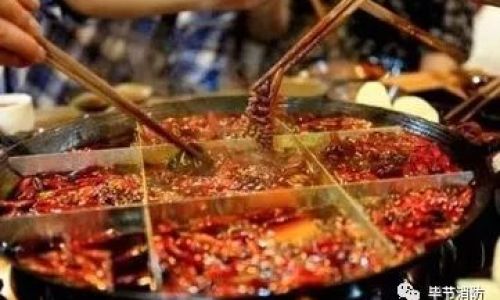
Separate raw and cooked foods during storage to prevent cross-contamination. Use airtight containers or resealable bags to store perishables in the refrigerator, and adhere to “use-by” dates. If hosting a hot pot party at home, transport ingredients in coolers with ice packs to maintain safe temperatures, especially in warm climates.
Broth Preparation and Temperature Control
A flavorful broth is the soul of hot pot, but its preparation demands caution. Simmer the broth thoroughly before serving to eliminate harmful bacteria. For homemade broths, avoid using unpasteurized ingredients or raw eggs, which may carry pathogens like Salmonella. Commercially prepared broth bases are generally safer but should still be heated to a rolling boil before adding other components.
Maintain the broth at a steady simmer (around 160–180°F or 71–82°C) throughout the meal. Use a portable induction cooker or gas stove with adjustable heat settings to prevent the broth from cooling excessively, which can allow bacteria to proliferate. Avoid reusing broth that has been diluted with water or contaminated by dipping utensils, as this dilutes flavor and introduces germs.
Cooking Times and Food Safety
One of the most common mistakes in hot pot dining is undercooking ingredients, particularly meats and seafood. Use a food thermometer to ensure proteins reach safe internal temperatures:
- Poultry: 165°F (74°C)
- Pork, beef, and lamb: 145°F (63°C) for medium-rare, 160°F (71°C) for medium
- Seafood: Until opaque and flaky
- Eggs: Cook until yolks and whites are firm
Thinly sliced meats typically cook in 1–2 minutes, while thicker cuts or seafood may require 3–5 minutes. Avoid overcrowding the pot, as this lowers the broth’s temperature and prolongs cooking times. Encourage diners to use separate strainers or baskets for different ingredients to prevent cross-contamination.
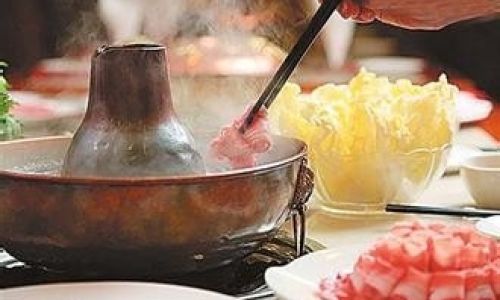
Handling Raw Foods and Utensils
Raw meats, seafood, and eggs often harbor bacteria like E. coli, Campylobacter, and Listeria. Designate specific cutting boards, knives, and plates for raw ingredients, and wash them thoroughly with hot, soapy water after use. Never reuse marinades or sauces that have come into contact with raw food without boiling them first.
At the table, provide separate utensils for raw and cooked items. For example, use one pair of chopsticks to add raw meat to the pot and another to retrieve cooked portions. This simple step drastically reduces the risk of spreading pathogens. If using communal dipping sauces, avoid double-dipping to maintain hygiene.
Allergies and Dietary Restrictions
Hot pot’s customizable nature makes it ideal for diverse groups, but it also requires vigilance regarding allergies and dietary needs. Common allergens include seafood, nuts, gluten, and soy. Clearly label ingredients or use color-coded plates to denote allergens, and encourage guests to inform hosts of their restrictions beforehand.
For vegetarians or vegans, designate a separate pot or use a dedicated strainer to prevent cross-contact with meat-based broths. Noodle options like rice vermicelli or udon are often gluten-free, but always verify labels. If a guest has a severe allergy, consider preparing their broth separately to eliminate cross-contamination risks.
Hydration and Beverage Pairings
Hot pot’s spicy broths and prolonged cooking times can lead to dehydration, especially in dry environments. Encourage diners to sip water or mild beverages like herbal tea between bites. Avoid excessive alcohol consumption, as it can impair judgment about food safety and increase the risk of burns from splashing broth.
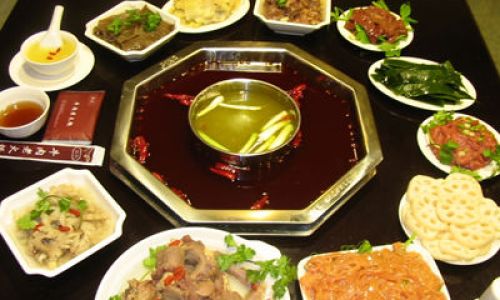
For those seeking a traditional pairing, try cold beverages like barley tea, chrysanthemum tea, or light beers. Avoid icy drinks immediately after consuming very hot food, as this can shock the digestive system.
Table Etiquette and Safety
Hot pot’s communal nature necessitates clear etiquette to prevent accidents. Position the stove or hot plate away from edges to prevent tipping, and use a damp cloth or trivet to protect the table from heat damage. Keep flammable items like napkins or tablecloths at least 12 inches (30 cm) from the heat source.
Instruct guests, especially children, to avoid leaning over the pot to prevent burns from splashing broth. Use long-handled strainers to retrieve food, and avoid filling the pot beyond two-thirds capacity to reduce splattering. If using a portable stove, ensure proper ventilation to prevent carbon monoxide buildup.
Post-Meal Cleanup and Leftovers
After the meal, cool leftovers promptly by dividing them into shallow containers and refrigerating within two hours. Discard broth that has been diluted or contaminated, as it can spoil quickly. Reheat leftovers to 165°F (74°C) before consuming, and avoid reheating more than once.
Clean all utensils, pots, and surfaces with hot, soapy water, and sanitize cutting boards with a solution of 1 tablespoon bleach per gallon of water. If using a portable stove, check for gas leaks or electrical hazards before storing.
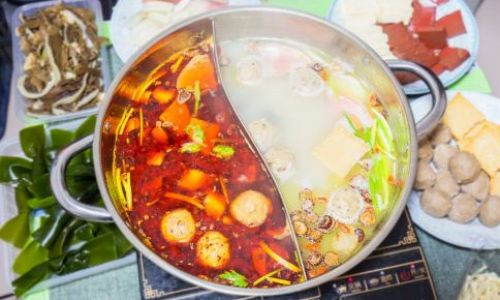
Cultural Sensitivity and Inclusivity
Hot pot traditions vary widely across cultures, and respecting these norms enhances the dining experience. In Chinese hot pot etiquette, for example, it’s customary to wait for the host to begin cooking before adding ingredients. In Japanese shabu-shabu, diners often cook their own meat and dip it in sauce. Research cultural practices beforehand to avoid unintentional faux pas.
If hosting an international group, explain the meal’s flow and safety protocols upfront. Provide clear instructions on cooking times and utensil use to empower guests to enjoy the meal confidently.
Emergency Preparedness
Despite precautions, accidents can happen. Keep a first-aid kit nearby with burn ointments, antiseptic wipes, and bandages. Familiarize yourself with the location of fire extinguishers and emergency exits, especially in restaurants. If a guest experiences severe symptoms like vomiting or difficulty breathing after eating, seek medical attention immediately, as these could indicate food poisoning or an allergic reaction.
Conclusion
Hot pot is more than a meal—it’s a celebration of community, flavor, and tradition. By prioritizing ingredient quality, cooking safety, and hygiene, you can ensure every gathering is memorable for the right reasons. Whether you’re a seasoned enthusiast or a newcomer, adhering to these precautions transforms the hot pot experience from a culinary adventure into a cherished ritual. So gather your loved ones, fire up the broth, and savor the joy of sharing a meal that’s as safe as it is satisfying.
Word Count: 1,217



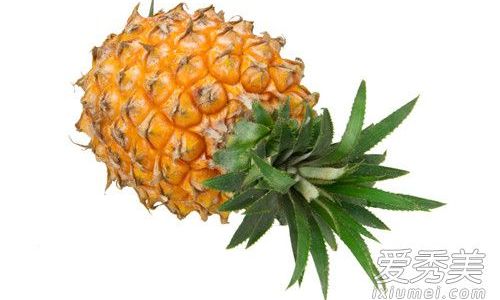
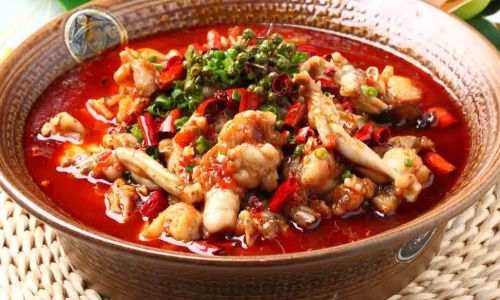
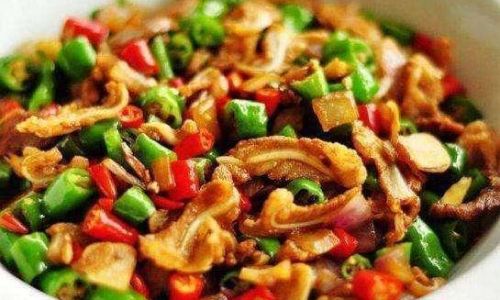

0 comments